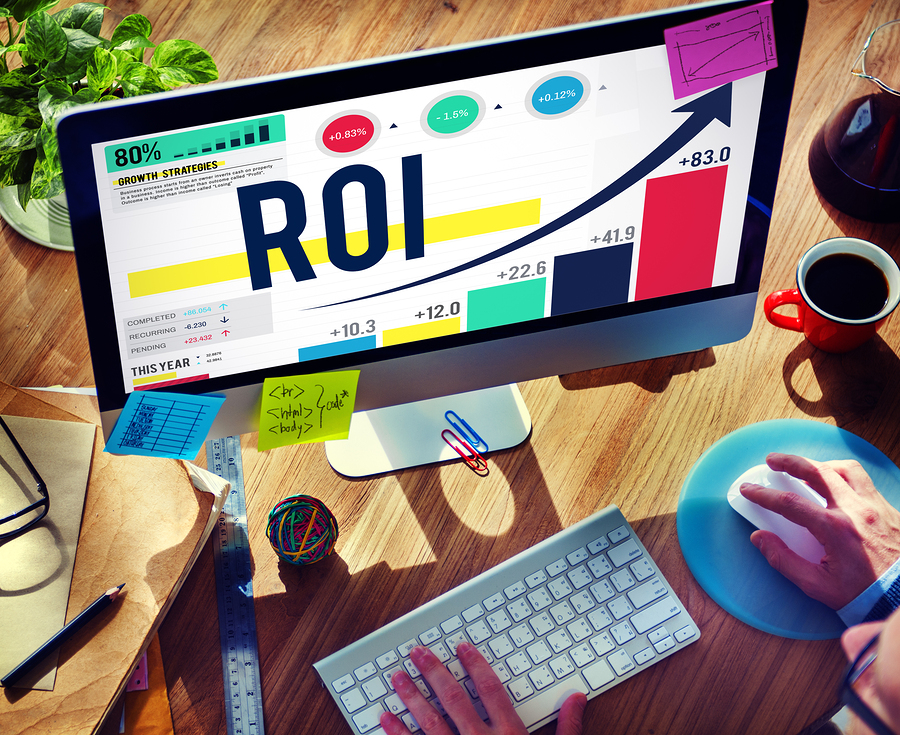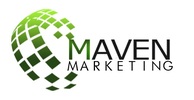 Loading... Please wait...
Loading... Please wait...How to Test ROI of the Different Sales Channels for Small Business
Posted by Matthew Maven on 17th Aug 2015
 Return on investment (ROI) is a simple but powerful
tool for an investor and business owners. Computing for the ROI gives you an
idea on how long it will take to gain from your investment or the relative
increase of goods sold after spending on certain expenses such as marketing to
increase sales. Whichever the case may be, you need to know specific
quantifiable factors to come up with the best ROI. Without these factors, ROI
is useless and may give you inaccurate results.
Return on investment (ROI) is a simple but powerful
tool for an investor and business owners. Computing for the ROI gives you an
idea on how long it will take to gain from your investment or the relative
increase of goods sold after spending on certain expenses such as marketing to
increase sales. Whichever the case may be, you need to know specific
quantifiable factors to come up with the best ROI. Without these factors, ROI
is useless and may give you inaccurate results.
You should take note that evaluating ROI is not only applicable to acquiring asset investments such as stocks, and real estate. It can also be used to evaluate a course of action that aims to increase sales or production, or efficiency and growth of the business.
Quantifiable Factors in Computing and evaluating ROI
Using the traditional way of ROI computation, you can use these simple factors to evaluate:
- Gain in investment is simply the profit or any increase in the value of the investment cost. In stocks, any increase in cost of share may be considered gain. For real estate, the mark up over cost is considered gain, less any expenses related to the sale of the property. Benchmarking (or historical data) is a way of gathering data regarding gains of an investment.
- Cost of Investment is the money invested to acquire the asset. It is the money expensed to implement a course of action.
- Time is how long it takes for the investment or course of action to recover the cost of investment. The shorter it is to offset the cost, the better. This factor is essential when acquiring an additional equipment for the operation of a business or when you wanted to know how long will it take for a marketing strategy to gain new customers.
- Savings is an amount of time or money that is not spent or used after acquiring an asset or implementing a certain course of action. When gain of investment is not plausible or available, the “savings” factor can be used for computation and evaluation of ROI.
Sample Computation of ROI
Your customers are increasing. One day you decided to buy a new baking equipment that costs you $10,000. You noticed that you have an increase of sales of $15 a day after buying the equipment. According to the seller, the life of the equipment is around 3 years before you need to buy another replacement. So, you decided to evaluate the performance of the equipment you have bought.
Converting the increase of profit into yearly basis, you have $5,400 total gain. Using the classic formula of computing ROI (Gain minus Cost divide by Cost), you will yield a 62% ROI. In the computation, you need to consider the utility life of the equipment which is 3 years. It means for every year of using the equipment you have $3,333.33 as cost of equipment, computed as ($10,000 divide by 3 years).
ROI = (5400-3333.33)/3333.33
= 62%
Another way of evaluating ROI is considering the life of the equipment. The cost of equipment is recovered in a matter of 19 months. In the first year of buying the equipment, you already have recovered 54% of the cost, computed as 5,400/10,000. The profit thereafter can be considered as total return of investment without any depreciation expense related to the equipment.
Thus, you can conclude that buying the equipment did something to increase the sales in your bakery. But there is a drawback that you should consider. What if during the course of its life, the equipment suddenly did not work? Or, before the first year ends, you have to call the seller for repair. Before computing for the ROI, you need to remove the cost of repair from the gain.
This is the traditional or conservative way of testing and computing ROI of any given sales channel, if all facts and quantities are laid out and outright available. In some cases, gain on investment is not readily available; you can safely use the time factor to make an evaluation of a certain investment or a distribution channel.
Test on Sales Channels
For example, you want to evaluate the ROI of your email marketing. However, evaluating email marketing is hard since gain on investment and cost of investment is hard to establish. With the use of the same principles you can compute for the ROI of your email marketing. Aside from that you need to know how many people availed of your product through your email marketing or what email marketers coined as leads. With the use of other tracking program for leads, you can gather this information.
So, you gathered that there are 5-10 people who visited your site each day. You notice that there was a 100,000 dollar increase to the gross sales for the whole year. You should also remember if you have other marketing strategies that you take to increase sales.
If there are no other strategies implemented aside from the email marketing, then you can safely assume that the 5-10 leads per day contributed to the increase of sales. Now, the next problem is to compute for the cost related to increase. You can use the increase in cost of goods sold to complete the formula. The rationale is that you cannot increase your sales without increasing any expense even at the slightest amount. You need to purchase or manufacture a product in order to cater for the new customer.
This principle assumes you only have an email marketing implemented during the increase in sales. If there are other strategies on place, you should also consider them to come up with the best ROI evaluation.
Recent Posts
- » Perfect Assets to Get for Businesses in Line with ATO 20K Write-Off
- » Affordable Ways of Testing Your Business Idea
- » Key Benefits of Using Accounting Software for Businesses
- » How to Use Google Docs for Maximizing Efficient Task and Staff Management
- » How to Start a Business in Australia and Save Money in the Process
